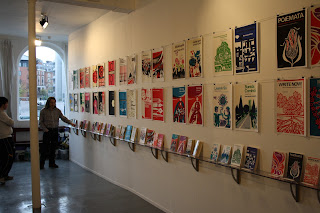http://www.youtube.com/watch?v=eRtbYNk4Uak&feature=rec-LGOUT-real_rn-3r-3-HM
so swell right now
Thursday, December 16, 2010
Wednesday, December 15, 2010
Adobe Afterefects - What it does - Stephen
After Effects was originally created by the Company of Science and Art in Providence USA. Version 1.0 was released in January 1993. After Effects was then acquired by Adobe in 1994. Adobe's first new release of After Effects was version 3.0.
After Effects is layer-oriented, meaning that each individual media object (video clip, audio clip, still image, etc.) occupies its own track. This track-oriented system is more suited for editing and can keep project files much more concise. After Effects is able to somewhat counter the clutter by selectively hiding layers (using the Shy switch) or by grouping them into pre-compositions.
The main interface consists of several panels. Three of the most commonly used panels are the Project panel, the Composition panel, and the Timeline panel. The Project panel acts as a bin to import stills, video, and audio footage items. Footage items in the Project panel are used in the Timeline panel, where layer order and timing can be adjusted. The items visible at the current time marker are displayed in the Composition panel.
After Effects integrates with other Adobe software titles such as Illustrator, Photoshop, Premiere Pro, Flash and third-party 3D programs like Cinema 4D.
Thursday, December 9, 2010
Subscribe to:
Comments (Atom)














